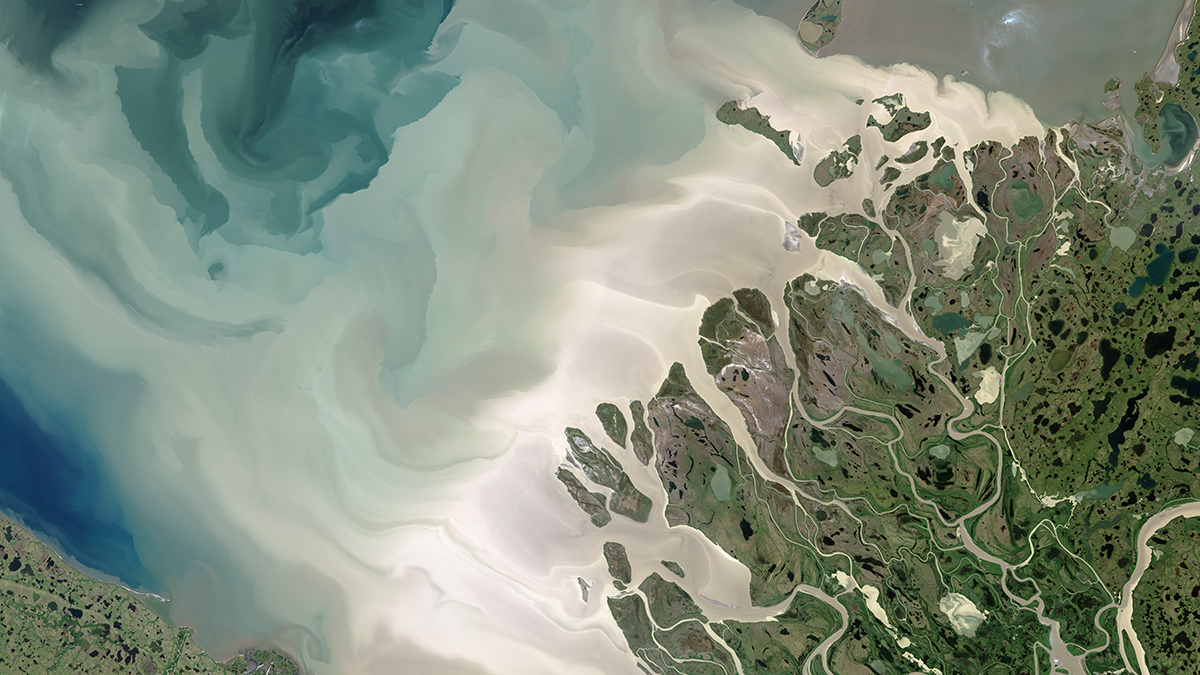Source: Journal of Geophysical Research: Oceans
As freshwater from glacier melt, river runoff, and precipitation enters the Arctic Ocean, a circular current called the Beaufort Gyre traps it near the surface, slowly releasing the water into the Atlantic Ocean over decades. Warming global temperatures may weaken the wind patterns that keep the gyre turning, which could slow or even stop the current and release a flood of freshwater with a volume comparable to that of the Great Lakes. This deluge would cool and freshen the surrounding Arctic and North Atlantic oceans, affecting sea life and fisheries and possibly disrupting weather patterns in Europe.
Athanase et al. analyzed the Beaufort Gyre’s circulation patterns using 27 climate models from the Coupled Model Intercomparison Project Phase 6 (CMIP6), which informed the most recent Intergovernmental Panel on Climate Change (IPCC) report.
Before trying to predict the future behavior of the gyre, the researchers turned to the past. To assess how well CMIP6 models capture the gyre’s behavior, they compared records of how the gyre actually behaved to CMIP6 simulations of how it behaved, given known conditions in the ocean and the atmosphere.
Most CMIP6 models do not capture the gyre’s behavior very well, it turns out. Some models did not predict any circulation, when circulation clearly occurred. Others overestimated the area or strength of the gyre, shifted it too far north, or inaccurately estimated sea ice thickness within the gyre. Eleven of the models produced sea ice thickness estimates the researchers called “unacceptable.”
Despite these problems, the researchers pushed ahead, using the 18 CMIP6 models that most closely reflected the gyre’s true behavior to predict how circulation could change under two future emissions scenarios: intermediate and high. Most of the tested models showed that the gyre’s circulation will decline significantly by the end of this century, but their predictions for exactly when varied from the 2030s to the 2070s. Three models predicted that the gyre will not stop turning at all.
The gyre is most likely to disappear if emissions remain high, but it may stabilize as a smaller gyre if emissions are only moderate, the researchers found. Despite substantial uncertainty, the results are a reminder that when it comes to preventing the most disruptive effects of climate change, “every fraction of a degree matters,” they write. (Journal of Geophysical Research: Oceans, https://doi.org/10.1029/2024JC021873, 2025)
—Saima May Sidik (@saimamay.bsky.social), Science Writer


